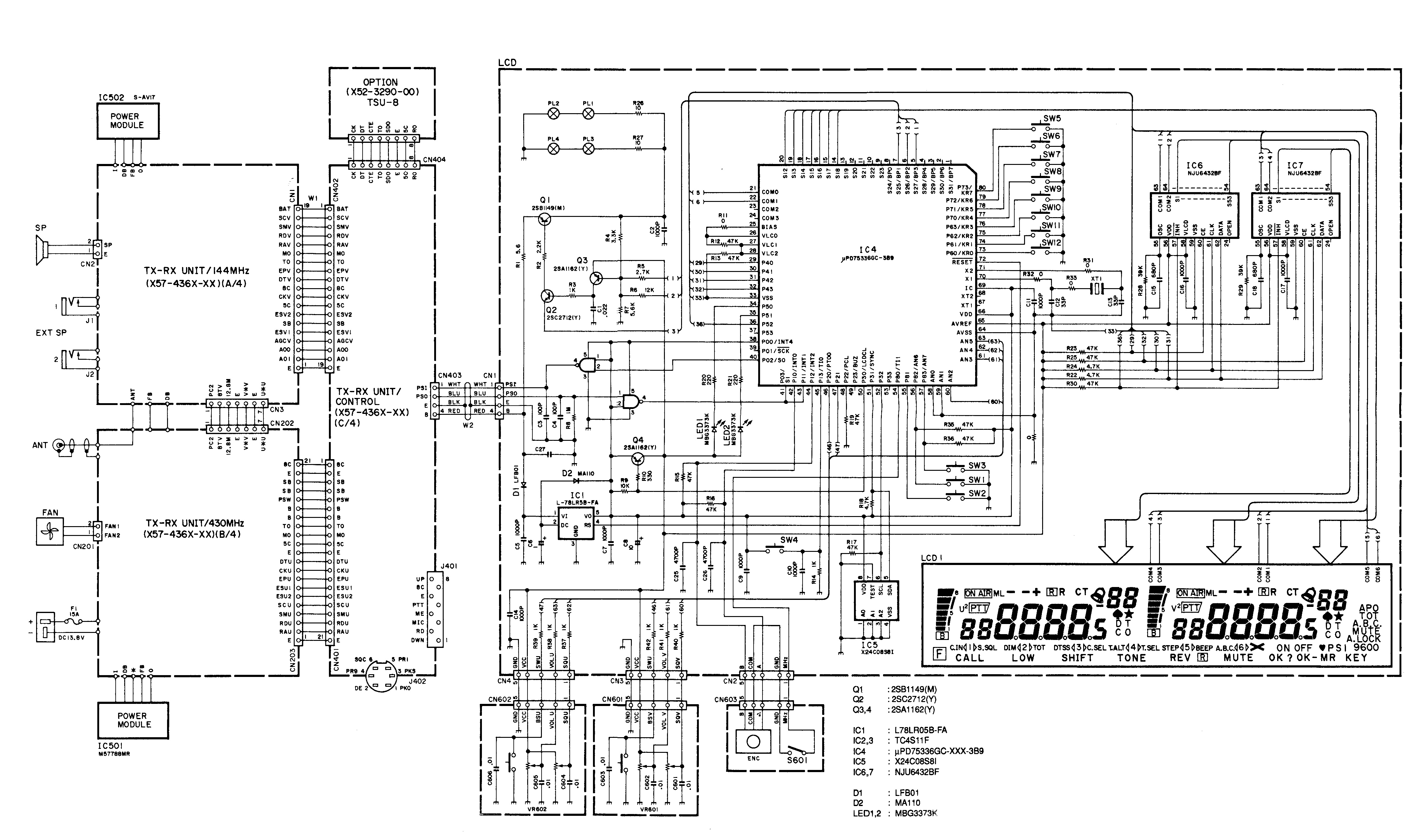
Icom Ic 731 Service Manual
GMRS is a two-way personal radio service available to an individual. SAVE THIS INSTRUCTION MANUAL–This instruction manual. • Confirmation beep is emitted.
I was given a junk automatic tuner from a Kenwood HF radio years ago. I cleaned it a bit after I got and stored it. While in Mega Mall a few months ago, I saw a nice good sized cast aluminum project box at Alexan and though it would be a nice case for that tuner innards if I convert it to a manual tuner. Last night I finally drilled the last holes for the SO-239s and for the band switches. Kitab kuning terjemah bahasa indonesia inggris. It requires 12 volts to operate, but that is ok.
I might one day put in the original SWR bridge and do a built in electronic SWR meter (bar graph) or something so I left the band relays in, instead of replacing it with a rotary wafer switch. I left the original nylon gears for the capacitor shafts and use them as knobs. I just tested it on forty meters and it works well. This is now my most compact 100W tuner, so I will bring it for field work instead of the heavy Yaesu FC-901. I first saw the ad for the 705 months earlier. There were two that were advertised for sale by a ham from Lucena City but too many questions in my head back then so I did not buy it. Eventually a ham from Marikina, Ed bought the pair and a few days later, I was at his place trying to buy one of them.
The one he sold me looked better than the one he retained. Normally you would wonder why.
But I did not quibble as i got to have since I already have the proper front panel for it with a good VFO encoder. I had thought to use the good LCD of the 705 too. The plastic polarizer film was falling off the 705 but I did not worry about that. An hour later, I found a used transistor of the same type (a precious 'original' that came from a junked Kenwood) in my junk box and replaced it immediately. I was pleasantly surprised that the oscillations ceased and it now transmits well. Due to thermal stress a microscopic crack may have developed at the transistor die a which gives it the intermittent nature of being normal one second and low powered the next, This part is perhaps the reason the unit looks so fresh inside compared to the other 705 that came with it is because, the radio did not get much use as it always developing a problem and got shelved most of the time. Well we are grateful for what is provided us by fate in this life.
I also found that the socket at the main board which supplied the drive to the transistor was a bit worn out and loose and had cracked (cold) solder connection for the center conductor. This could have contributed to the instability of the stage. I just put in the special order green LEDs to replace the provisional white ones, I put in earlier. I had to use fine grit sandpaper to give the clear LEDs a frosted finish for better light dispersion.
Going green is a big improvement in viewing comfort. Using white LEDs specially bright ones gives the sensation of trying to look into a flashlight. Now if it were anegative display, white would be better. The display is a lot closer to the original IC-735 look with the incandescent bulbs and green rubber boots. I noticed the difference between it and my old IC-729 was it had parralled FETs in the mixer so instead of just two (see IC-729 mixer circuit in the photo), The FT-1000 had a total of four which accounts for its signal handling capability.